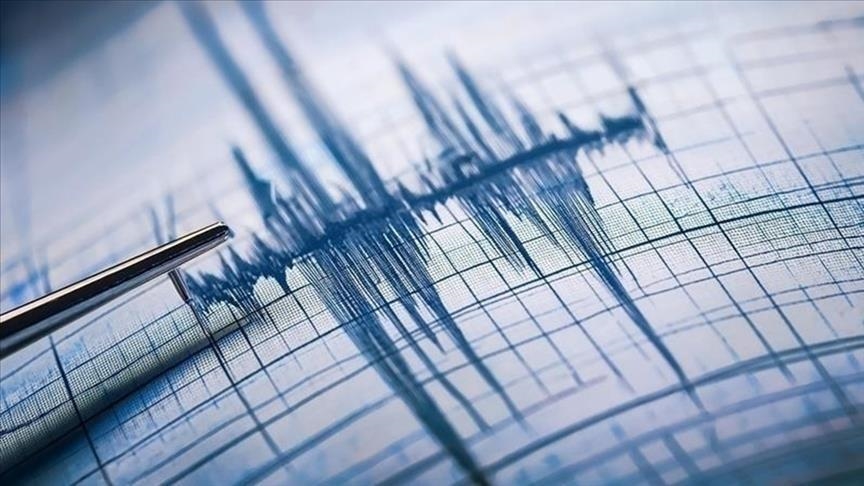Moderate Earthquake Jolts Northern Iran Amid Rising Tensions with Israel
Related Articles
New Year 2026: हर महीने के हिंदू त्योहार और व्रत-तिथियां, अब अपनी शुभ कामों की प्लानिंग अभी करें
जैसे ही नया साल 2026 दस्तक देता है, लोग अपने धार्मिक और पारिवारिक आयोजनों की योजना बनाने में जुट जाते हैं। हिंदू धर्म में...
Mumbai & Maharashtra Municipal Elections Scheduled: Voting on Jan 15, Counting on Jan 16
The long-awaited municipal elections in the state have finally been announced. The State Election Commission has declared the schedule for elections in all 29...
Mumbai–Pune in 90 Minutes & Mumbai–Bengaluru in 5.5 Hours with Gadkari’s Mega Expressway Plan
Union Minister for Road Transport and Highways Nitin Gadkari has announced a massive road infrastructure package worth ₹1.5 lakh crore for Maharashtra, promising faster...


